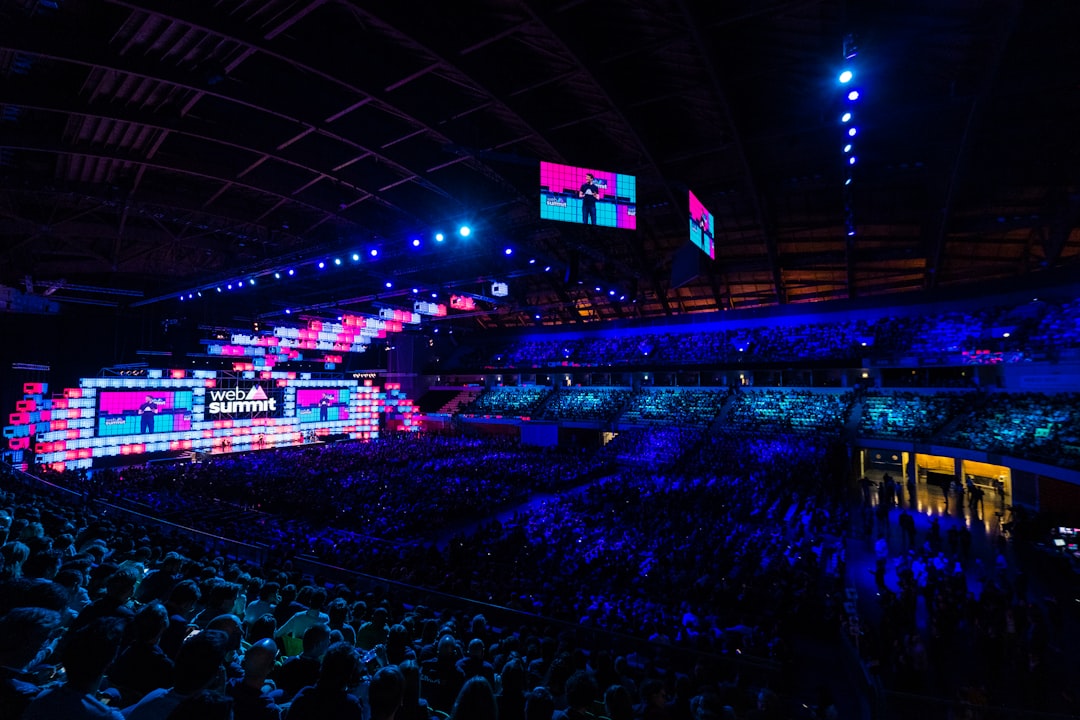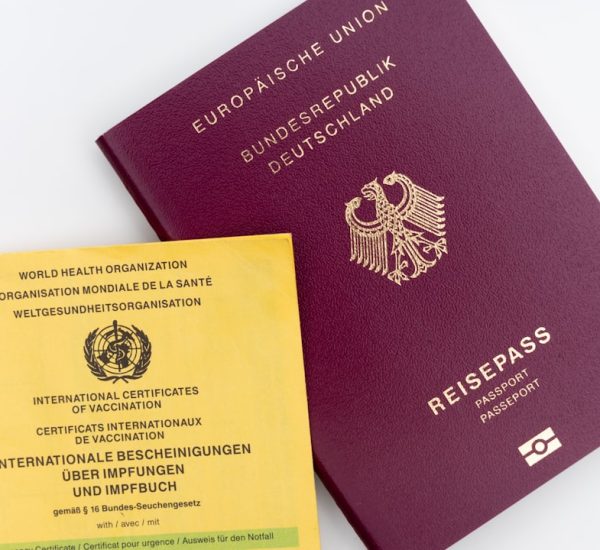Cheerleading has long been a subject of spirited debate among sports enthusiasts, educators, and athletes alike. Over the decades, what began as a sideline activity meant to boost morale and energize crowds has evolved into a highly competitive and physically demanding endeavor. While some cheerleaders continue to perform on the periphery of football and basketball games, a growing segment participates in competitive cheerleading, complete with its own rules, governing bodies, and championships. This double identity raises a fundamental question: Is cheerleading a sport? The answer, as it turns out, is more complicated than a simple yes or no.
The Traditional View of Cheerleading
Traditionally, cheerleading involved leading chants and performing simple stunts on the sidelines of athletic events. Its primary purpose was to engage the audience, support the team, and contribute to the school’s spirit and sense of community. Because of this supportive role, many have historically dismissed cheerleading as purely extracurricular and entertainment-focused, rather than something comparable to athletics like basketball, track, or gymnastics.
In this traditional format, cheerleading wasn’t seen as requiring the same level of physical exertion or strategic competition that defines most acknowledged sports. However, this view fails to take into account the growth of competitive cheerleading, which has dramatically changed the landscape.

The Evolution of Competitive Cheerleading
Over the past few decades, cheerleading has undergone a significant transformation. Today, competitive cheerleading teams train rigorously to perfect choreographed routines that include tumbling, jumps, stunts, and dance. These routines are performed at local, state, and national competitions, judged on difficulty, execution, synchronization, and overall performance.
This style of cheerleading requires a high level of athleticism, including strength, flexibility, coordination, and endurance. Injuries such as concussions, sprains, and fractures are not uncommon, pointing to the physically demanding nature of the activity. Teams often consist of athletes with backgrounds in gymnastics, dance, and even martial arts.
In recognition of these elements, many have begun to argue that cheerleading, at least in its competitive form, fully meets the criteria of a sport.
Defining a Sport
To settle the debate, it’s important to examine the commonly accepted definition of a sport. According to reputable sources like the Oxford Dictionary, a sport is defined as:
“An activity involving physical exertion and skill in which an individual or team competes against another or others for entertainment.”
Breaking this definition down:
- Physical exertion: Competitive cheerleaders engage in intense physical activity during training and performance.
- Skill: Success in cheerleading requires mastering complex routines and staying in sync with a team.
- Competition: Teams compete against one another in organized events judged by standardized criteria.
By this metric, competitive cheerleading clearly fits the mold of a sport. Even organizations such as the American Medical Association and the Women’s Sports Foundation have advocated for recognizing cheerleading as a legitimate sport, particularly because of its risk of injury and need for regulation.
The Legal and Institutional Recognition
Despite the growing consensus among athletes and health professionals, legal and institutional recognition of cheerleading as a sport has lagged behind. In the United States, the NCAA does not currently recognize cheerleading as a sanctioned sport. Similarly, the Office for Civil Rights under the U.S. Department of Education has been hesitant to label cheerleading as a sport under Title IX, which mandates gender equity in educational programs and athletics.
The hesitation often comes from questions surrounding standardization. Critics argue that because there is not a single, universally recognized governing body for cheerleading, the activity lacks the institutional structure required to be classified as a sport. Others are concerned that some schools might attempt to reclassify cheerleading as a sport simply to appear compliant with gender equity regulations, rather than to genuinely support female athletics.
Public Perception and Cultural Factors
Public and media perceptions of cheerleading also influence the debate. Pop culture often portrays cheerleaders as more focused on social popularity than athletic prowess. Movies and TV shows have leaned into stereotypes that undermine the sport’s legitimacy in the eyes of many viewers.
However, the visibility of competitive cheerleading has grown thanks to documentaries like Netflix’s “Cheer”, which highlights the discipline, teamwork, and resilience required at the elite level. As audiences become more educated about what competitive cheerleading actually entails, opinions are slowly beginning to shift.

The International Scene
Outside of the United States, cheerleading is also gaining recognition. The International Olympic Committee (IOC) granted cheerleading provisional status in 2016, and the International Cheer Union (ICU) continues to work towards making cheerleading an Olympic sport. This provisional recognition is a major step toward legitimizing cheerleading on a global scale and validating the skill, governance, and structure behind the activity.
So, Is Cheerleading a Sport?
The answer depends on the context. When referring to sideline cheerleading focused on school spirit and supporting sports teams, it might not meet all the criteria of a sport. However, in the context of competitive cheerleading, which includes structured competition, physical rigor, team coordination, and judging criteria, cheerleading does meet the common definitions of a sport.
Ultimately, the classification may continue to evolve as more institutions and governing bodies recognize the sport-like nature of competitive cheerleading. What remains indisputable is the dedication and athleticism of those who participate in this highly challenging activity.
Frequently Asked Questions
- Q: What is the difference between traditional and competitive cheerleading?
A: Traditional cheerleading focuses on sideline support with chants and light routines, while competitive cheerleading includes intense, choreographed performances judged at competitions. - Q: Is cheerleading recognized as a sport by the NCAA?
A: No, the NCAA does not currently recognize cheerleading as a sanctioned sport, mostly due to concerns over standardized rules and governing bodies. - Q: Do cheerleaders need athletic training?
A: Absolutely. Competitive cheerleaders often undergo rigorous physical training involving strength, flexibility, tumbling, and stunting. - Q: Has cheerleading ever been included in the Olympics?
A: Not yet, but it received provisional recognition from the IOC in 2016 and may become an official Olympic sport in the future. - Q: Are cheerleading injuries common?
A: Yes, especially in competitive formats. Injuries such as concussions and sprains are prevalent due to the acrobatic and physically demanding nature of routines.
In conclusion, while the debate continues, the increasing competitiveness, physicality, and organization of cheerleading—especially at elite levels—make a compelling case for its classification as a sport.



